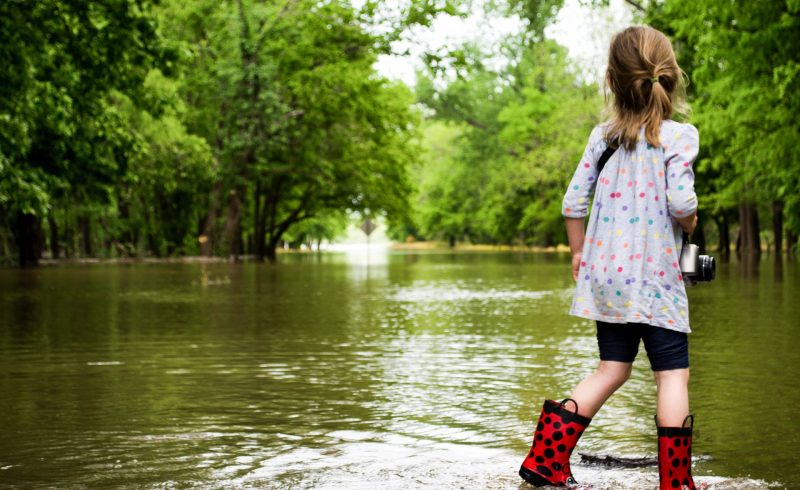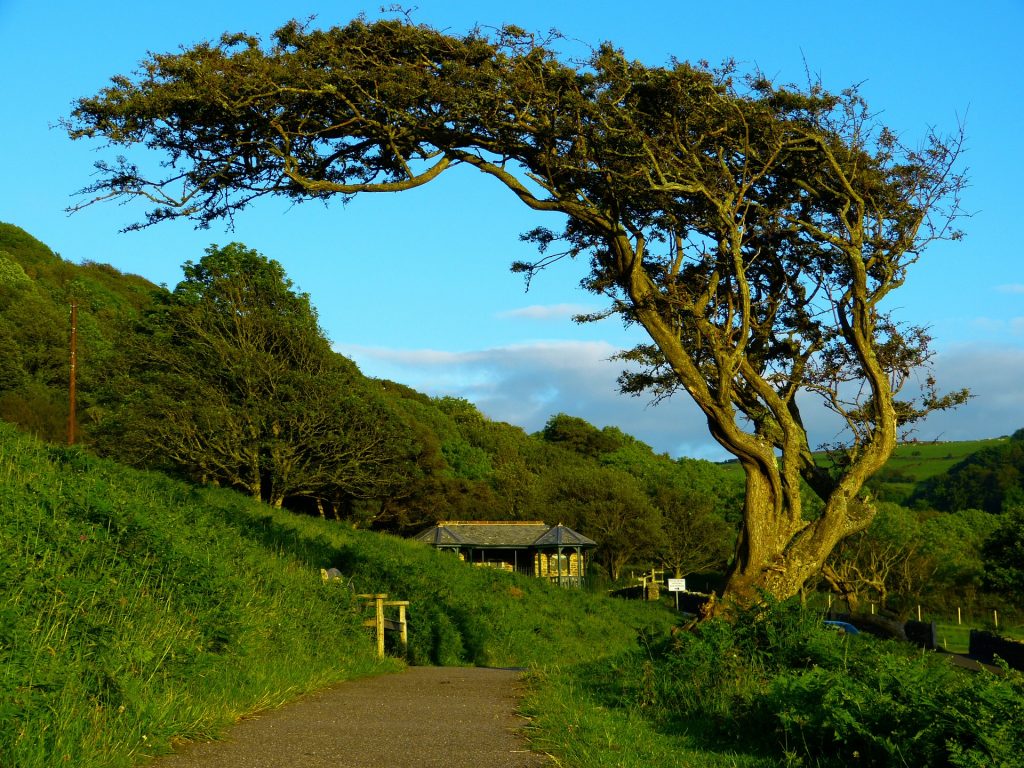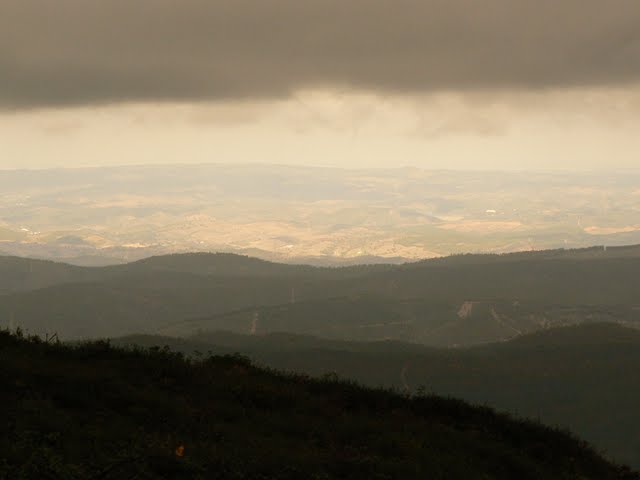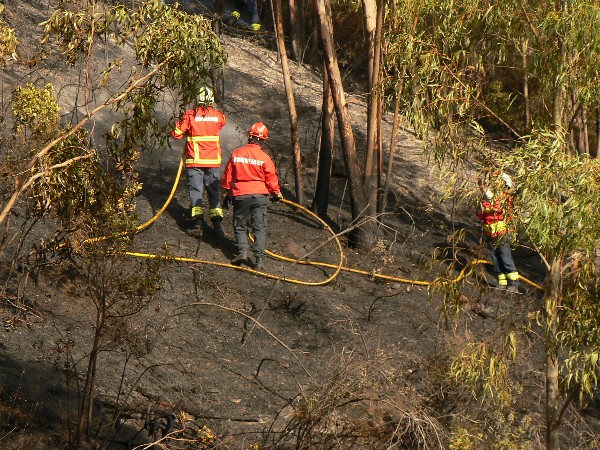
When you are looking for the right place for your Homestead there is a lot to think about. In this series of blogs we will cover the major things.
Apart from things you want on your land like enough sunlight and good quality fresh water, there are also things to avoid when you are picking the right location for your future Homestead.
In this blog we cover some of the things you’ll be wanting to avoid.
It is not always possible to exclude all the risks that are described in the topics below, but it is good to realise that the risk is there so safety measures can be taken.
What is in this blog?
At some time of the year, at some locations there is too much water. You might not see it right away.
Creeks and rivers can overflow and do damage to a site. Water can run down the mountain into a house. Terraces can be swept away. Whole pieces of land can be taken by a big river. There are all sorts of “too much water” problems.
Too much water is not necessarily going to be a huge problem as long as it is manageable. And the potential to manage the water has to be available on the Homestead land. Like at our Homestead.
Our Homestead is on a steep mountain slope. Above the house there is a big rainwater drainage channel that deals with too much rain water. It prevents the rain from running down the mountain into our house. As long as we keep it unblocked the water will stay away from the house. It needs maintenance but is manageable.
Drains, dikes, overflows are features that will help to manage too much water. Emergency systems for a whole area can warn you when there is a danger for floods.
How to check if the location has a “too much water” problem?
During or after heavy rains small rivers and creeks can rise rapidly in the mountains. High up in the mountains it might not be a big problem because the creeks are very steep and the water will wash down quickly. Further downstream the water from all the small streams will collect in bigger streams, that is the point where the trouble starts. Small streams and creeks can become violent rivers.
This is what you can do: check creeks and rivers. At the sides of the creeks and rivers that overflow you will notice that there is straw and sometimes plastic and rubbish hanging in the lower parts of the shrubs and trees. Based on how high the rubbish is hanging in the trees you can see how high the water rises.
Now you can check if the buildings on the site are above the high water line or whether there is enough higher ground to build your Homestead.
In areas where there have been frequent floods you can sometimes find marks on buildings. Finding these marks in close by towns could mean that you find yourself in an area with frequent flooding.
Other ways to find out about flooding problems in an area is to google the area. You can google something like floods in (your place). Or floods in (local river).
Historical maps can also reveal were rivers used to flow in the past. Some big rivers like the Mississippi, shifted a lot. Taking away whole farms and making new land in the old river beds.
Easiest is probably going for a local meal or coffee and ask the people from the restaurant or bar. Pictures on the wall from such places can also tell you stories about the surroundings.
Something I am always a bit cautious about is the presence of a water dam. Small or big, to me they always seem a risk. Some big dams are obviously strong build but I would always check for warning systems and safety overflows.
Some dams, like in our area, are small but still carry enough water to swap away a house. Since these dams are not tested in any way I would never build my house below one and always be sure that the water would run through a safety run off when it would break.
When you are living in the US, the state you want to move to will have some information about safety issues and dams. It would be wise to check it out.
Something to be aware of is the amount of wind exposure a location has. Wind can be a help if you want to generate energy. It can cool a site and make it liveable. But too much wind can also spoil your dreams and bring in wildfires.
A good source to find out more about the wind direction on a location is the weather forecast. When you have a crush on a location it might be a good idea to follow the weather forecast for the area. When you follow the weather of an area a year or longer you will get a good impression of the prevailing winds.
Another thing you can do is to look carefully at the trees. Trees that are standing in the wind that comes often from the same direction will grow in the direction of the wind. You do need to find some trees that are standing alone. The more wind from one direction, the more bent the trees are.

In the mountains wind directions can sometimes be surprising. We live in a valley that is directed east west. So we get the easterly and westerly winds. But a heavy wind that is blowing from the south we might not notice at all.
So when you plan to buy some land in the mountains: check the mountains around you. How sheltered are you from the heavy winds (check the weather forecast which winds these are). The higher you are above the surrounding mountains the more exposed you will be for the winds.
Most of the time you will be able to create wind shelters but you have to keep in mind that it can take many years before a wind hedge will have grown to a proper height.
Some friends of us nearby bought a very windy place without knowing it. For many years they could hardly sit outside in front of their house. Now they have a very sheltered place with high hedges and some walls and it is wonderful.
Some areas on the mountain that we live on can get a lot of clouds. During wet winters some houses are in a cloud all winter long. Despite of the amazing views over the ocean in summer, there is no view at all in winter.
Living in a cloud means living in a very damp place, everything gets wet and keeping the house dry is not at all easy.

Clouds are most likely to appear high in the mountains but some areas along the cost can carry the same burden. Where cold sea air and warm land meet, fog can occur for longer periods as well.
How do you know if a location is at such a spot? Best is to ask around in the local bar or shop. People who live there will know. The previous owner might not tell you…
A good friends of mine has an organic farm in Holland. Sometimes it is really complicated for them that their neighbours spray pesticides. This is not an unusual situation since the bigger part of the farming world uses pesticides. Sprayed by hand or, even worth, by plane.
Even if you do not want to officially certify your produce, you might want to grow them x-cides free. So you might want to check out if there is any interference with the pesticides that neighbours use, or if they use any. Best is to politely ask if the neighbours are farming organic.
Some guys around here even spray herbicides on river banks, although not allowed nobody checks it. I think this is very sad, but it is hard to convince them not to spray so close to the river. Big yellow patches along riversides and in fields can indicate the use of herbicides.
Nearby where we live, along the Monchique river there are many places where pigs are raised. Although not allowed, farmers that raise pigs sometimes dump the pig shit into the river. It has improved a bit the past decade. Before that the water in the river was always black, now it is occasionally black. Some of the smaller rivers have the same problem.
When you chose a piece of land with a river on it you can check what is happening up stream. By walking or driving up the river. Another way to check it is by using google earth. You can see if you find anything suspicious and then go there and check it out.
One day I read on the internet about a family that moved out into the countryside. They started a vegetable garden and happily lived for some years. Until they, with a shock, found out that they were living on an old dumpyard and that the soil was polluted with heavy metals. I do not remember exactly how they found out, but I remember that I was shocked too.
Best is to try to find out something about the history of the area. Was it an old industrial area? In the past industrial waste was just dumped in the landscape, people did not know about the consequences or did not want to know because of the costs involved to properly dispose the waste.
Some chemicals can stay in the soil for a long time, heavy metals surely do. Some areas where areas with facturies. The factories might have disappeared and it looks like nature has taken over again making pollution invisible. The soil can be polluted not by the dumped waste but just by the fact that the production process was leaky.
From the time that we bought our land we knew that wildfires are natural in this area. what we did not know is that policies would change and more blue gum eucalyptus trees would be planted on the mountains we live in. The combination of changes in the climate, the natural occurrence of wildfires and the blue gum planted densely together form an explosive combination bringing about very dangerous wildfires.

We managed to keep our farm in one piece and could save all our animals from the last wildfire in 2018. It is manageable to a certain extent. Still when you buy a piece of land in a wildfire risk area you will have to take into account that the wildfire might happen one day and you have to be prepared.
For some of my friends it meant that they did not move into the mountains of Monchique, where we live. They chose not to take that risk. You might want to think about it whether you could deal with the risk of wildfires.
It will be very hard to find a place that is perfect. Our friends that did not want to live where we live because of wildfires now live in an area that has a higher risk for desertification. On riverbanks and in valleys you will find the best soils for gardening, but then your garden might be flooded sometimes.
Sure you would avoid pollution in the soil and a neighbour that sprays x-cides close to your organic garden. But sometimes we also have to compromise. As long as you know what the risks are you will be able to prepare yourself for the worst. So avoiding might not always be realistic, being prepared is.
Check this blogpost by clicking on the links:
5 Phases in Building a Homestead
5 Reasons Why We Started Our Homestead
The Best Homestead Location and the Position of the Sun
Starting A Homestead In A Remote Area
Finding A Homestead Location With Good And Sufficient Fresh Water